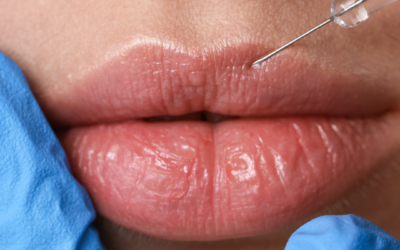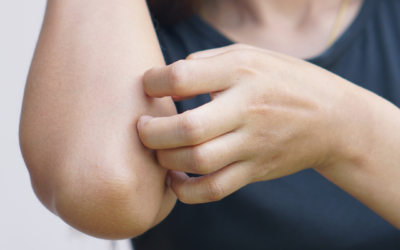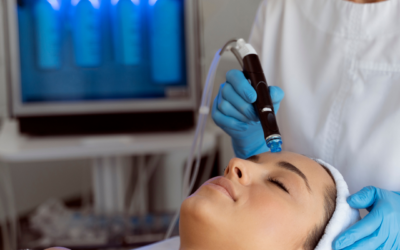
This March, winter-worn masses across the country will seek out a much-needed diversion in the time-honored tradition known as spring break. Whether you’re the parent of school-aged children or a college student with a few extra bucks, school is out – it’s time to put the long, hard winter behind you and go live a little. At the top of the list for spring break destinations? The beach. But before you seek out surf and sunshine, make sure your skin care routine is beach ready with these helpful tips. Don’t Skimp on Sunscreen While nothing says “I just spent the past week sitting on a beach while you chumps were stuck indoors” quite like a tan, the damage it does to your skin is anything but envy-inducing. While you may feel like a golden god, UV exposure – the source of your golden complexion – is linked to long-term damage like wrinkles and freckling, as well as skin cancer. So apply sunblock liberally and often – preferably one that’s waterproof and offers broad-spectrum protection. You’ll still get some color, just not all of the damage. Have it Made in the Shade You may feel like it defeats the purpose of going to a beach, but limiting direct exposure to sunlight will save your skin a whole lot of hardship later on. Harmful UV rays are at their most intense between 10 a.m. and 4 p.m.; while limiting your beach time to mornings and evenings may not be practical (or fun), you can still protect yourself from the brunt of the burn. If you’re not a fan of watched-shaped tan lines, then you can follow the shadow rule: if your shadow is less that twice your height (less than a 12-foot shadow for a 6’ tall person), then you’re at the greatest risk for sun damage. Cover up with a sassy sarong and floppy hat. Throw on an ironic t-shirt with those swim trunks. Or take in the ocean breeze from the shade of an umbrella. Just be smart about your sun exposure. Stay Hydrated (No, Margaritas Don’t Count) Maintaining proper hydration is an important part of maintaining your overall health. The average adult has about 21 square feet of skin, made up of 300 million skin cells – and each of those cells needs water to function properly. While you’re soaking up the sun, your body is sweating out important fluids, causing your skin to lose elasticity, become rough to the touch, and even crack. So before you say una mas to the margaritas, do your body a favor and feed it some good old-fashioned agua (water). Moisturizer Is Your BFF But drinking water is only part of the hydration equation. Sun exposure and loss of fluids leaves your skin parched and vulnerable. Long-term, it can exacerbate the effects of aging with fine lines, wrinkles and discoloration. So, while you’re replenishing fluids inside, hydrate your skin from the outside with head-to-toe moisturizing. Got a little too much sun, eh? [insert exasperated sigh here] If you’re feeling the burn, use a good moisturizer – preferably ones that don’t contain petroleum (traps heat on the skin), lidocaine or benzocaine (may irritate the skin) – or a lotion that contains aloe vera to soothe the sting. Ibuprofen or an over-the-counter hydrocortisone cream can help ease the pain, reduce inflammation, and prevent further skin damage. Whether you’re looking for a weeklong party or much-needed rest and relaxation, a break from routine doesn’t mean you should spring into some bad habits. Enjoy the beach, but take care of your skin. And, if you need a little more guidance, look to the skin care experts at Forefront Dermatology. To find the Forefront physician nearest you, visit the Locations page today.





